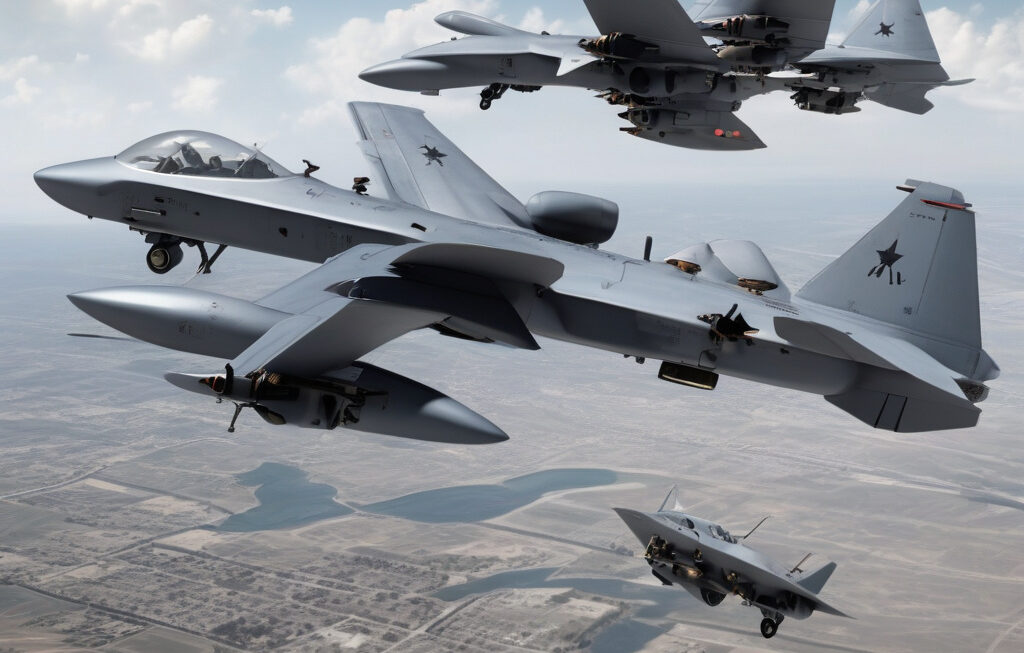Next-gen AI may end era of invisible submarines, make detection easy: Chinese experts
The era of stealth submarines may reportedly be coming to an end as AI reshapes the landscape of naval warfare. Chinese experts have indicated that the development of next-generation artificial intelligence could potentially render invisible submarines detectable, marking a significant shift in military tactics and strategies.
Stealth submarines, equipped with advanced technologies to evade detection, have long been a critical component of naval forces around the world. These underwater vessels are designed to operate covertly, gathering intelligence, conducting surveillance, and, if necessary, launching strategic attacks without being easily detected by enemy radar or sonar systems. However, the emergence of cutting-edge AI technologies threatens to disrupt this status quo.
By leveraging AI capabilities such as machine learning algorithms and advanced sensor networks, defense systems may soon possess the ability to detect and track stealth submarines with unprecedented accuracy. Chinese experts suggest that AI-powered systems could analyze vast amounts of data in real-time, identifying subtle patterns and anomalies that conventional detection methods might overlook. As a result, previously undetectable submarines could be exposed, potentially altering the balance of power in maritime conflicts.
One key advantage of AI in submarine detection lies in its ability to adapt and learn from new information. Traditional anti-submarine warfare techniques rely on predetermined algorithms and manual input, limiting their effectiveness against evolving stealth technologies. In contrast, AI systems can continuously learn from sensor data, refining their detection capabilities over time and staying ahead of stealth tactics employed by adversaries.
Furthermore, the integration of AI into existing naval infrastructure could enhance overall situational awareness and response times. By automating the analysis of sensor data and streamlining decision-making processes, AI-enabled defense systems could provide naval operators with timely and actionable intelligence, enabling them to respond swiftly to potential threats.
While the prospect of AI-powered submarine detection represents a significant advancement in military technology, it also raises concerns about the implications for global security and strategic stability. As countries invest in AI-driven defense capabilities, questions arise about the potential for escalation and miscalculation in maritime disputes. Moreover, the widespread adoption of AI in naval operations may necessitate international agreements and protocols to mitigate the risks of unintended conflicts.
In conclusion, the emergence of next-generation AI technologies has the potential to revolutionize anti-submarine warfare and reshape the dynamics of naval engagements. By providing enhanced detection capabilities and improving situational awareness, AI could usher in a new era of transparency and accountability in underwater operations. As defense systems continue to evolve, policymakers and military leaders must navigate the complex implications of AI integration to ensure a secure and stable maritime environment for all nations.
AI, submarines, detection, military technology, naval warfare











